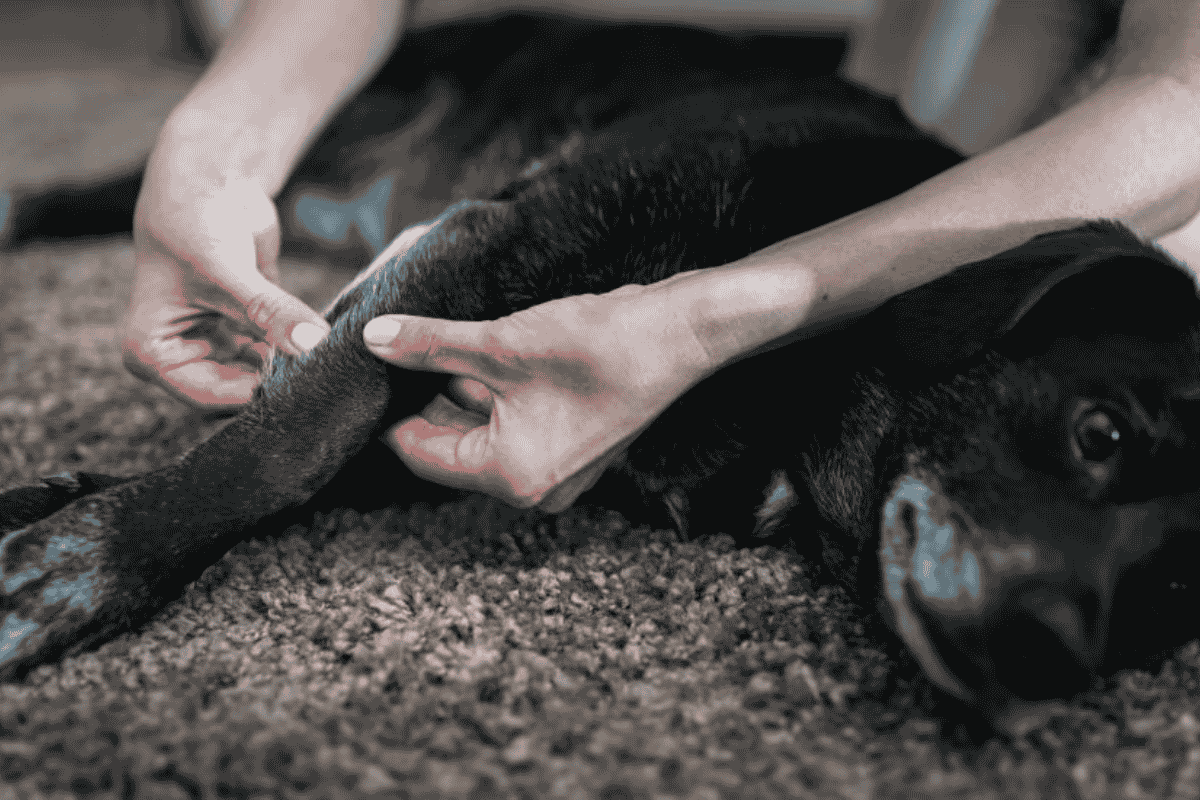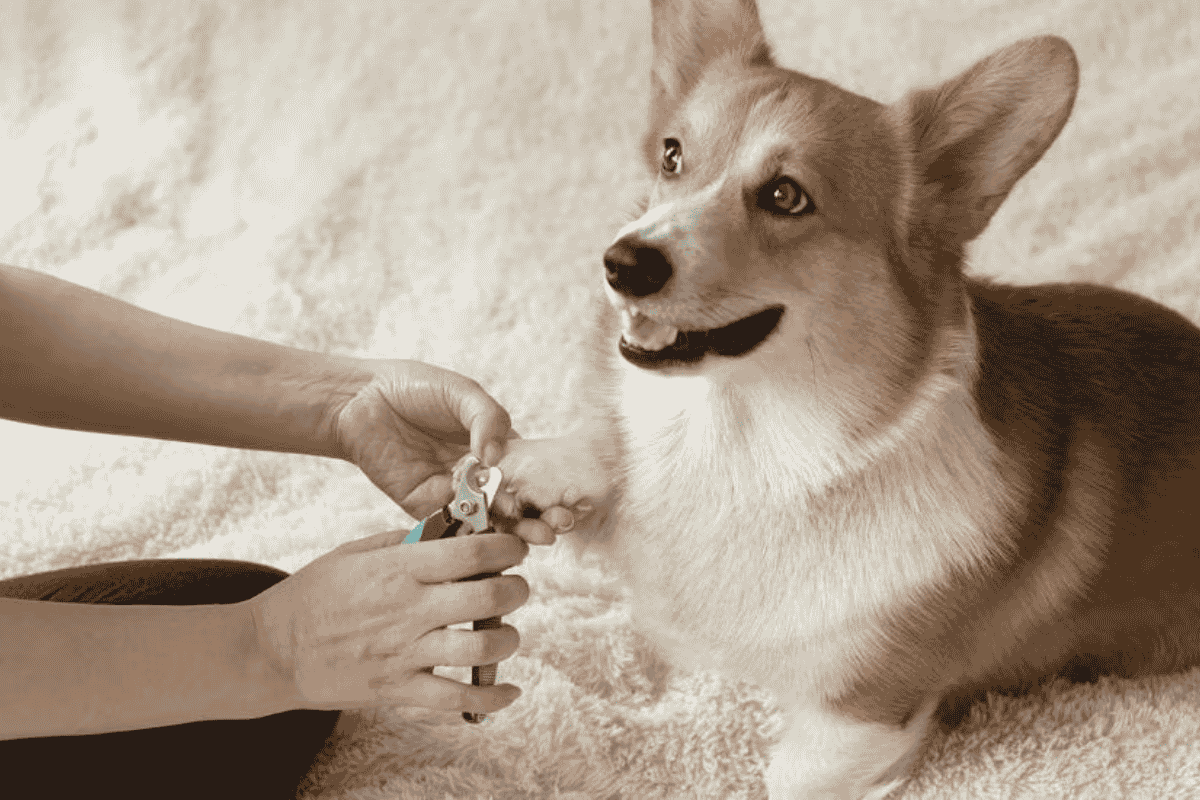A dog massage involves rubbing, pressing, kneading, and tapping a dog’s soft tissues—muscles, tendons, ligaments, and fascia. Just like in humans, massage can help ease tension, promote relaxation, and support overall wellness.
Beyond its physical benefits, canine massage is believed to:
- Calm the nervous system by reducing the “fight-or-flight” response
- Stimulate blood and lymph circulation
- Support the immune system and organ function
- Enhance a dog’s mental state and relaxation
Scientific research is ongoing, but experts suggest massage may:
- Reduce cortisol (stress hormone) levels
- Increase serotonin (feel-good hormone)
- Slow heart rate and breathing, promoting calm
- Decrease swelling after injury or surgery
- Improve joint range of motion
- Reduce pain and muscle tension
- Improve behavior and mood
Do Dog Massages Help with Pain?
While studies are limited, one 2021 review of over 500 dogs with chronic musculoskeletal pain found that owners reported significant pain relief after a series of massages.
Though more research is needed, these findings suggest massage can be a valuable complementary therapy for dogs with arthritis, injury, or post-surgical discomfort.
Does My Dog Need a Massage?
A massage can be a safe, gentle way to support your dog’s comfort and health—especially when recommended by a veterinarian.
Dogs who might benefit include those who:
- Have chronic diseases like osteoarthritis
- Show reduced athletic performance
- Are recovering from surgery
- Need help relaxing or bonding with humans
However, not every dog enjoys massage. Always let your pup set the pace—if they seem uncomfortable, stop.
How to Find a Dog Massage Therapist
Start by consulting your veterinarian. They can:
- Confirm whether massage is appropriate
- Recommend licensed canine massage therapists
- Develop a comprehensive treatment plan, which may include:
- Massage therapy
- Physical therapy
- Medications (e.g., Rimadyl, Deramaxx, Gabapentin)
- Nutritional supplements (e.g., Dasuquin, GlycoFlex)
- Acupuncture or laser therapy
Avoid massage if your dog has infections, certain cancers, fresh injuries, or blood clots—these conditions can worsen with improper manipulation.
How to Massage a Dog at Home
If your vet approves and your dog is healthy, you can give gentle massages at home:
- Choose a quiet, distraction-free space.
- Use a soft surface like a carpet or dog bed.
- Begin with slow, gentle strokes along the back and sides.
- Apply moderate pressure, observing your dog’s response.
- Gradually move to the legs, neck, or head—only if your dog enjoys it.
- Stop immediately if your dog seems uncomfortable or tries to leave.
Consistency and gentleness are key—your dog will let you know what feels good.
FAQs
Is it OK to give my dog a massage?
Yes—if your dog is healthy and enjoys it. Always consult your vet before massaging a dog with any medical condition.
Where do dogs like to be massaged most?
Most enjoy long strokes along the back and sides. Avoid sensitive areas like the face and legs unless your dog clearly likes it.
Do dogs like massages?
Many do! But every dog is different. Watch their body language—relaxation, sighing, or leaning into your hand are good signs; restlessness or pulling away means it’s time to stop.












